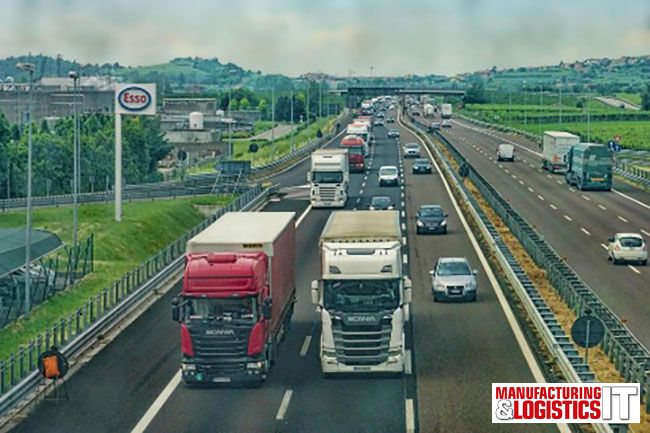By Nathan Brooks, freelance writer.
From high fuel costs to various supply chain disruptions, fleet management comes with its own set of challenges. But thanks to modern technology, now we have access to solutions that weren’t there before.

Without any further ado, here’s what’s plaguing the industry in the current times and how to address it:
1) Suboptimal routes
To ensure a timely delivery, route planning is essential. To calculate the most optimal way to get from point A to point B, various factors need to be taken into consideration, including traffic congestion, heavy downpour, fog, etc. While a driver may default to taking a certain route in ideal circumstances, it’s always best to consider all the options as circumstances change.
Taking the optimal route requires quick thinking and adapting to the roadblocks ahead. You can either delegate this task to a fleet manager or use automation software developed specifically for this purpose.
2) Rising costs
At the end of the day, you should be happy with your bottom line, and optimizing it remains a constant challenge when faced with the ever-rising costs of doing business. Price yourself too highly, and you won’t be seen as a competitive choice in the market. Underprice yourself, and you’ll be leaving money on the table.
The solution is to take a look at every facet of your operations and analyze where you stand. See if there are improvements to be made in fuel consumption, if you can reduce CO2 emissions, get a better insurance premium deal, and cut any other expenses or reduce them somehow. But before you can do so, it’s important to monitor and measure anything you can.
3) Safety challenges
Keeping everyone safe should be one of your top priorities. Good driver management requires checking that your personnel’s driving licenses are valid and seeing to it that the drivers don’t engage in reckless behavior on the road.
In case you’ve identified reckless behavior, additional coaching may be required. The drivers should be instructed to adapt their driving to environmental factors such as fog, rain, snow, etc. This should drastically reduce the number of accidents as well as help keep the vehicles in good working order.
4) Supply chain disruptions
As if COVID-19 and its lockdowns weren’t enough, fleet drivers keep facing other supply chain disruptions such as material shortages and rising fuel prices. Although there seems to be no stopping to these additional obstacles, there are certain things you can do, although some of it is outside of your control for obvious reasons.
In recent years, AI-powered technology has kept on revolutionizing the way we can detect and regulate inefficiencies. You can use the valuable insights it gives you to boost the efficiency of your entire fleet, reduce human error, and increase the accuracy of fleet management.
5) Fuel management
Fuel theft and fraud have always been a challenge in the fleet industry. In recent times when its prices are soaring, the issue seems to be exacerbating. But before you can remedy the situation, you need to identify the bad actors first. After taking this initial first step, you can follow it up with other measures to optimize fuel consumption.
Simply by keeping this in mind, it’s possible to reduce it by more than just a couple of percent. By monitoring it carefully, you’ll be able to identify where it occurs and there are software solutions designed exactly for this purpose.
Conclusion
Certain challenges will always be a part of fleet management and some of them have become increasingly difficult to deal with in the last couple of years. Even so, there are certain solutions you can utilize to at least minimize if not eliminate the ones that are in your direct control.
- Coinsmart. Europe’s Best Bitcoin and Crypto Exchange.Click Here
- Platoblockchain. Web3 Metaverse Intelligence. Knowledge Amplified. Access Here.
- Source: https://www.logisticsit.com/articles/2022/11/15/5-challenges-in-fleet-management-and-their-corresponding-solutions



